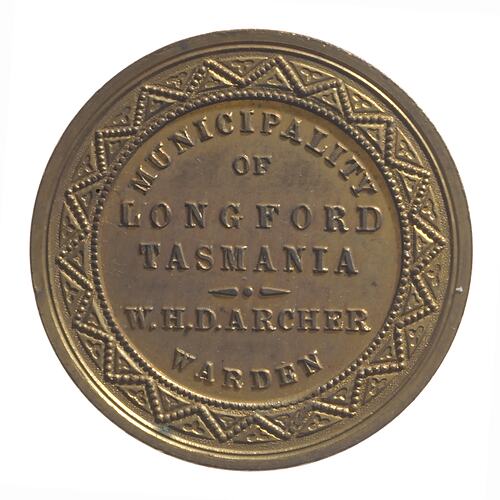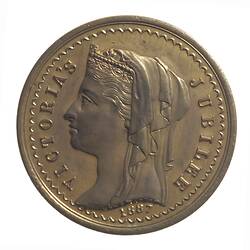Longford is located at the convergence of the Macquarie and the South Esk Rivers, 27 kms from Launceston, Tasmania. The region was home to thousands of First Peoples before settlement.
Longford was first explored by Europeans when Jacob Mountgarrett and Ensign Hugh Piper passed through in 1806. The rich pastoral land was identified by Lt Laycock in 1807 during his epic overland journey from Launceston to Hobart, and was settled the following year when a large number of free land holding farmers were moved to Van Diemen's Land from Norfolk Island. The district was known originally as Norfolk Plains and the early settlement was known as Latour until it was changed to Longford in 1833 by Governor George Arthur.
The development of the town and surrounding area coincided with land grants in the mid-1820s. Prominent among the first settlers was Thomas Archer who, with his three brothers built such notable free-settler estates as 'Woolmers', 'Panshanger', 'Brickendon' and 'Northbury'. The town itself grew up around the Longford Hotel built in 1827. Through the 1830s-1850s it acquired a large number of notable and historically significant buildings, many convict-built.
In 1897 the Municipality of Longford struck a medal to commemorate Queen Victoria's jubilee (NU 34791). It names W.H.D. Archer as Warden.
Artist Tom Roberts (1856-1931) was buried in the grounds of Christ Church, Longford.
In the 20th and 21st centuries Longford's economy has relied increasingly on tourism.
References:
State Library of Tasmania website http://images.statelibrary.tas.gov.au, accessed 02/02/2004.
Longford Online Access Centre http://www.tco.asn.au/oac/community_history.cgi?oacID=34, accessed 02/02/2004.
Fairfax Walkabout website http://www.walkabout.com.au/locations/TASLongford.shtml, accessed 02/02/2004.
More Information
-
Keywords
-
Localities
-
Authors
-
Article types

